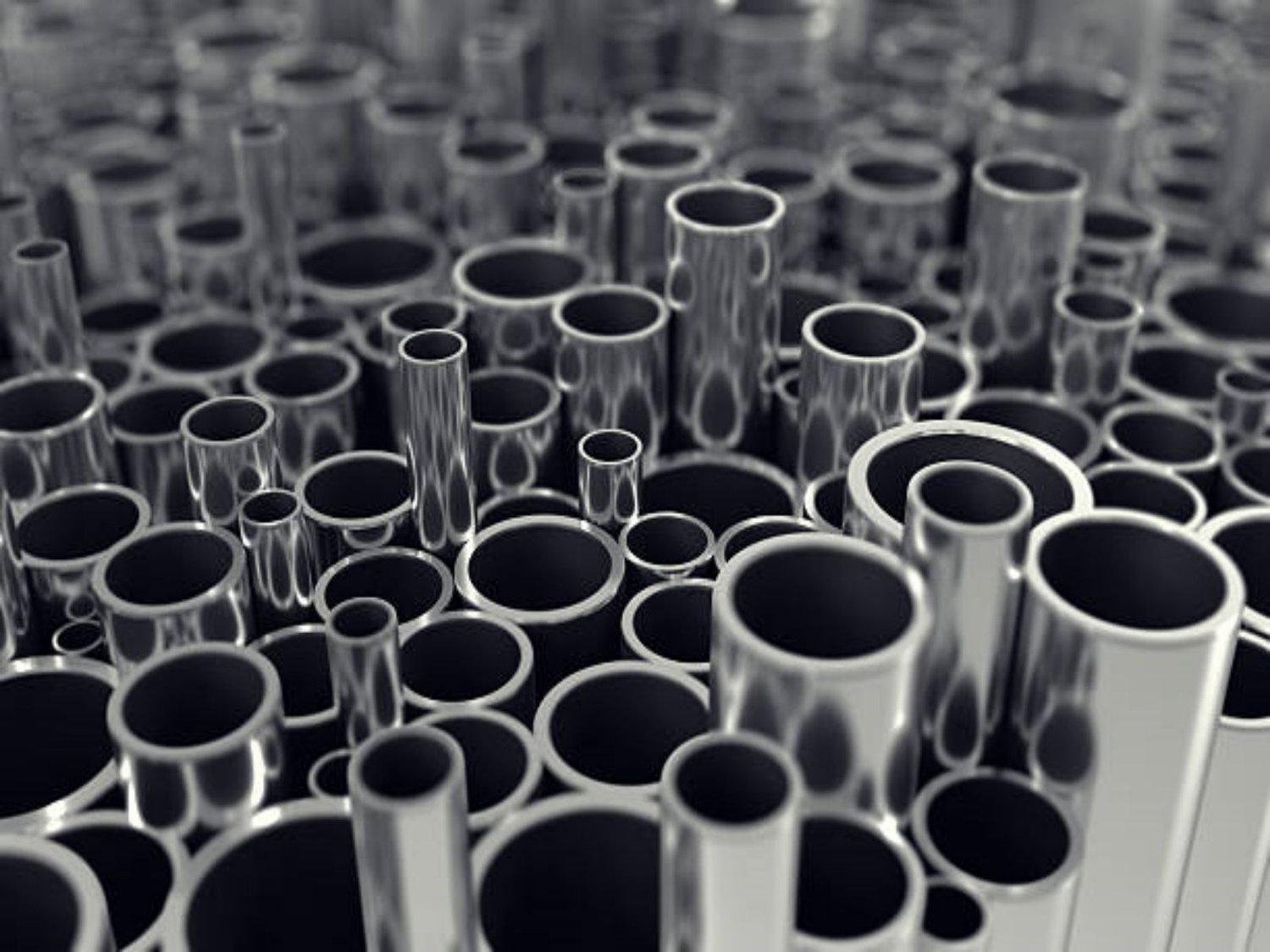Table of Contents

The Importance of Optimizing Processing Procedures for Seamless Titanium Tubes
Seamless titanium tubes are widely used in various industries due to their exceptional properties such as high strength, corrosion resistance, and low density. However, the processing procedures involved in manufacturing these tubes can significantly impact their quality and performance. In order to ensure seamless titanium tubes meet the required specifications and standards, it is crucial to optimize the processing procedures. This article will discuss ten key aspects of optimizing processing procedures for seamless titanium tubes.
1. Understanding the Properties of Titanium
Before delving into the optimization of processing procedures, it is essential to have a comprehensive understanding of the properties of titanium. Titanium is a lightweight metal known for its excellent strength-to-weight ratio, corrosion resistance, and high melting point. These properties make it an ideal material for applications where strength and durability are crucial.
2. Selecting High-Quality Raw Materials
The quality of the raw materials used in the manufacturing of seamless titanium tubes plays a vital role in determining their overall quality. It is important to source titanium alloys from reputable suppliers who provide materials with consistent chemical composition and mechanical properties. This ensures that the tubes manufactured from these raw materials meet the required specifications.
3. Designing Optimal Tube Geometry
The geometry of the seamless titanium tubes has a significant impact on their performance. By optimizing the tube's geometry, it is possible to enhance its strength, reduce weight, and improve its resistance to corrosion. Computer-aided design (CAD) software can be used to develop and analyze various tube geometries to identify the most suitable design for specific applications.
4. Controlling Heat Treatment Parameters
Heat treatment is a critical step in the processing of seamless titanium tubes as it affects their microstructure and mechanical properties. By carefully controlling the heat treatment parameters such as temperature and holding time, it is possible to achieve the desired combination of strength, ductility, and corrosion resistance. It is important to conduct thorough research and experimentation to determine the optimal heat treatment parameters for different titanium alloys.
5. Implementing Proper Cleaning and Surface Preparation Techniques
Before further processing, seamless titanium tubes must undergo thorough cleaning and surface preparation to remove any contaminants and oxide layers. This is crucial to ensure proper bonding during subsequent manufacturing steps and to enhance the tube's resistance to corrosion. Various cleaning techniques such as acid pickling, ultrasonic cleaning, and abrasive blasting can be employed depending on the specific requirements.
6. Optimizing the Cold Drawing Process
The cold drawing process is commonly used to reduce the diameter and wall thickness of seamless titanium tubes while improving their mechanical properties. By carefully selecting the drawing parameters such as reduction ratio and drawing speed, it is possible to achieve the desired dimensions and enhance the tube's tensile strength and surface finish. Proper lubrication and die design are also essential to prevent surface defects and ensure uniform deformation.
7. Enhancing Quality Control Measures
Quality control is of utmost importance when manufacturing seamless titanium tubes. Implementing rigorous quality control measures throughout the processing procedures helps identify and eliminate any defects or deviations from the required specifications. Non-destructive testing techniques such as ultrasonic testing and eddy current testing can be employed to detect any internal or surface flaws that may compromise the tube's integrity.
8. Utilizing Advanced Manufacturing Technologies
The advancement of manufacturing technologies has opened up new possibilities for optimizing processing procedures for seamless titanium tubes. Techniques such as additive manufacturing (3D printing) allow for the production of complex geometries with reduced material waste. Additionally, automation and robotics can be employed to improve process efficiency and reduce human error.
9. Collaborating with Industry Experts
Collaborating with industry experts, including metallurgists, engineers, and material scientists, can greatly contribute to the optimization of processing procedures for seamless titanium tubes. Their expertise and insights can help identify areas for improvement, troubleshoot any issues, and stay updated with the latest advancements in the field. This collaboration fosters innovation and ensures the implementation of best practices.
10. Continuous Improvement and Research
Optimizing processing procedures for seamless titanium tubes is an ongoing process that requires continuous improvement and research. Keeping up with the latest developments in materials science, manufacturing technologies, and quality control methodologies is essential in order to stay at the forefront of the industry. Regular evaluation and analysis of the processing procedures, along with feedback from customers and end-users, are crucial for identifying areas that can be further optimized.
